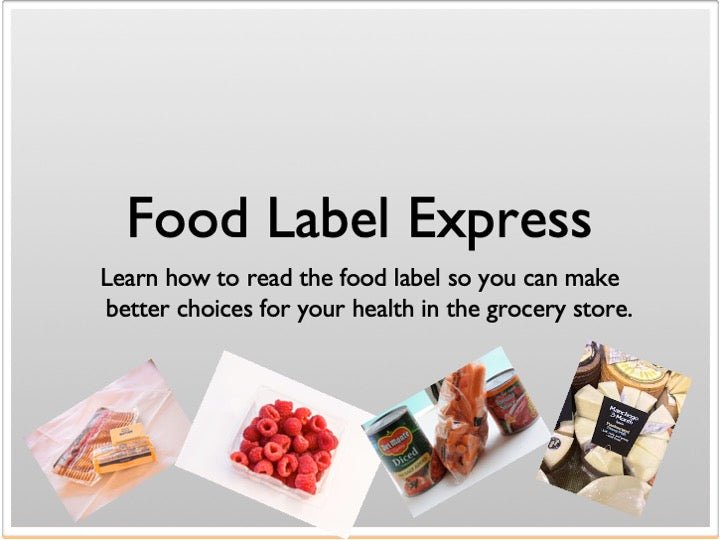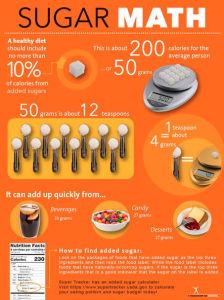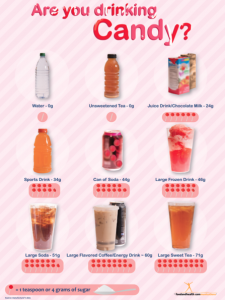As we talked about in last week’s blog, the 2020 Dietary Guidelines Advisory Committee warns that Americans are consuming too much added sugar. The Committee’s new Scientific Report recommends that children under age two consume no added sugars at all.
Let’s take a closer look at the under 2 age group. Consider these points from the Scientific Report:
- Intake of added sugars increases significantly between 12 and 24 months of age. (The trend continues through the preschool years, peaking during adolescence and young adulthood.)
- Toddlers age 12 to 24 months consume about six teaspoons of added sugars per day. That’s almost 10 percent of their recommended daily calories.
- The main sources of added sugar are sweetened beverages (27 percent), sweet bakery products (15 percent), yogurt (7 percent), ready-to-eat cereals (6 percent), candy (6 percent), and other desserts (5 percent).
Once a baby turns one year old, they’re pretty much transitioning to the standard American diet. In fact, the Committee writes that “during this time between infancy and toddlerhood, large increases in added sugars and solid and saturated fats are observed.”
We need to get the no-sugar message to parents, grandparents, child care providers, and other caregivers. Important conversations to have:
- There’s no room in young children’s diets for sugary drinks and sweets. Those empty calories start a sugar habit that will last a lifetime.
- Teach caregivers what a healthy diet looks like with our Baby and Toddler Nutrition PowerPoint.
- Check the Nutrition Facts label for every food and drink you buy. The amount of added sugars is listed on the label.
- Show caregivers all about reading food labels with our New Food Label materials.
- As adults, your intake of added sugars should be limited as well. This helps you stay healthy while limiting your children’s exposure to high sugar foods.
- Teach caregivers to do the Sugar Math with our Sugar Math PowerPoint.
Remember, the 2020 Dietary Guidelines for Americans won’t be published until later this year. The recently released Scientific Report has been submitted to the U.S. Department of Agriculture and the U.S. Department of Health and Human Services. These agencies will review the report and develop the next version of the Dietary Guidelines for Americans.











